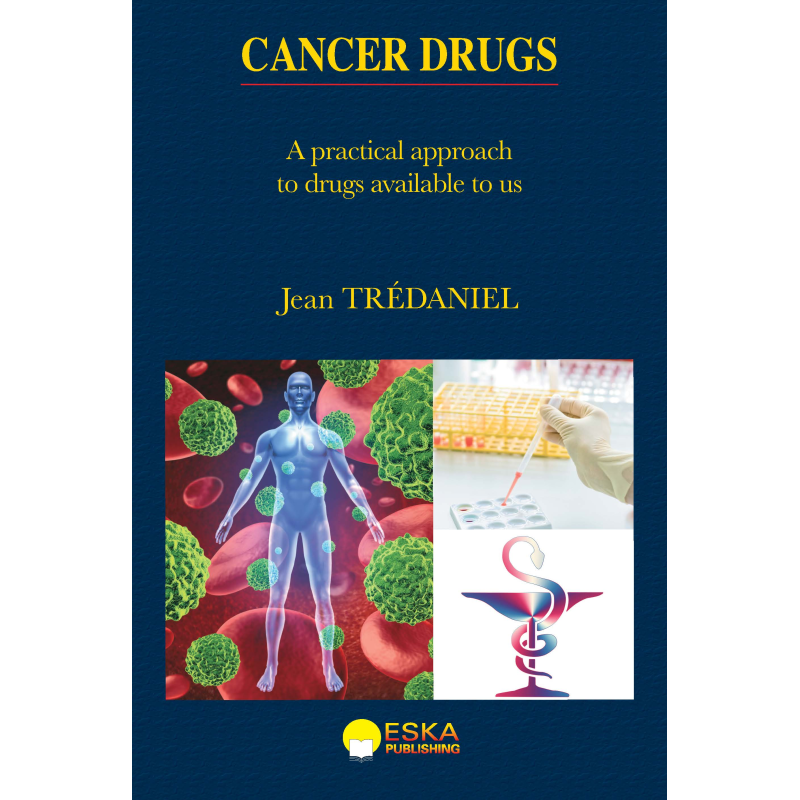



 POUR COMMANDER
POUR COMMANDER
Contactez les Editions ESKA - par téléphone 0142865565 - par mail congres@eska.fr
 CGV
CGV
Consultez nos Conditions Générales de Vente
What do doxorubicin and adriamycin have in common? Why can the indications for platinum compounds vary so much? Have monoclonal antibodies ousted cytotoxic drugs? What is an anticancer antibiotic?
The aim of this book is to answer these questions, and all those that arise from being in contact with cancer drugs. To do this, we first need to classify each one in relation to the others. Each product is then described, detailing its official indications, as validated by its marketing license, then its dose, its mode of administration and the precautions that need to be taken when using it, any eventual resistance it may generate, and finally, the side effects it may cause.
Although cancer treatments evolve more or less on a daily basis, this book hopes to enable the public, specialised or not, to navigate more easily through the maze of the various drug classes.
Jean Trédaniel is a Professor of Oncology at Paris-Descartes University. He leads the thoracic cancerology unit of the Paris Saint-Joseph Hospital Group. He used to be a member of the Scientific Advisory Group – Oncology, a body which advises the European Medicines Agency on the new drugs submitted for a Marketing Licence.